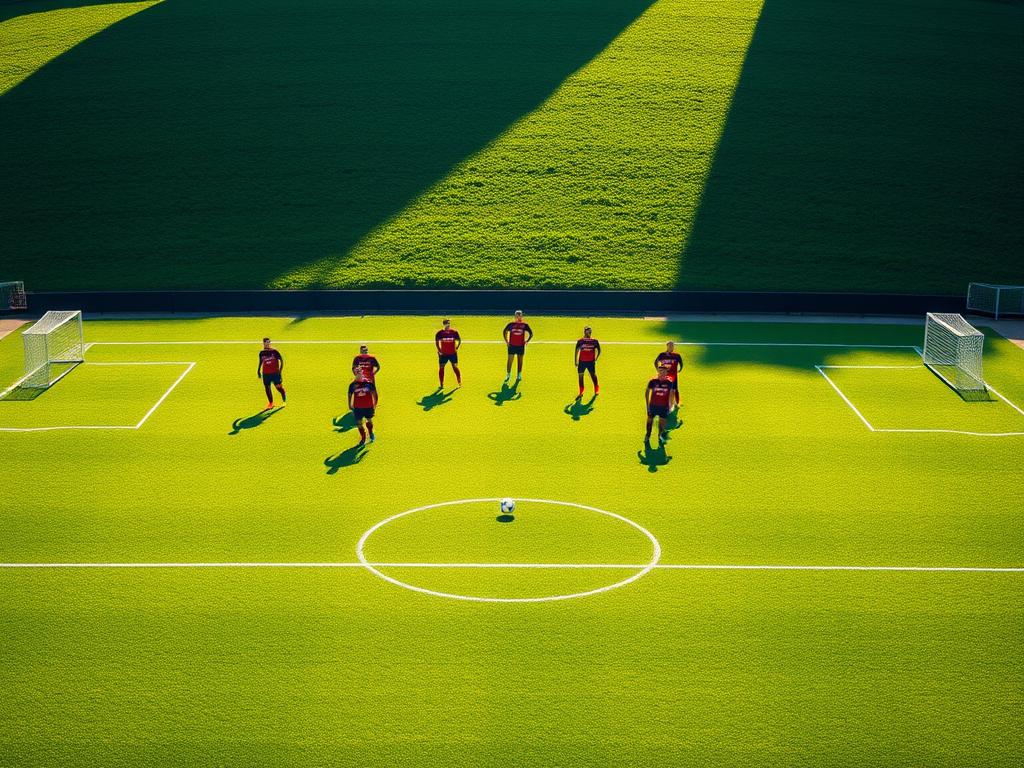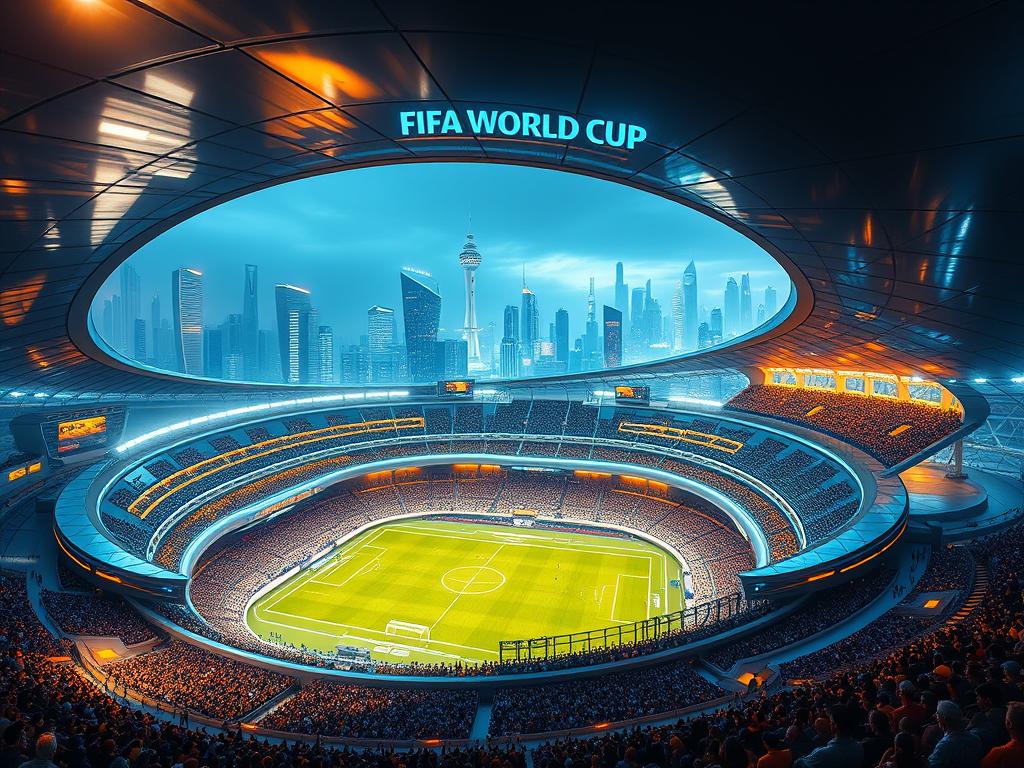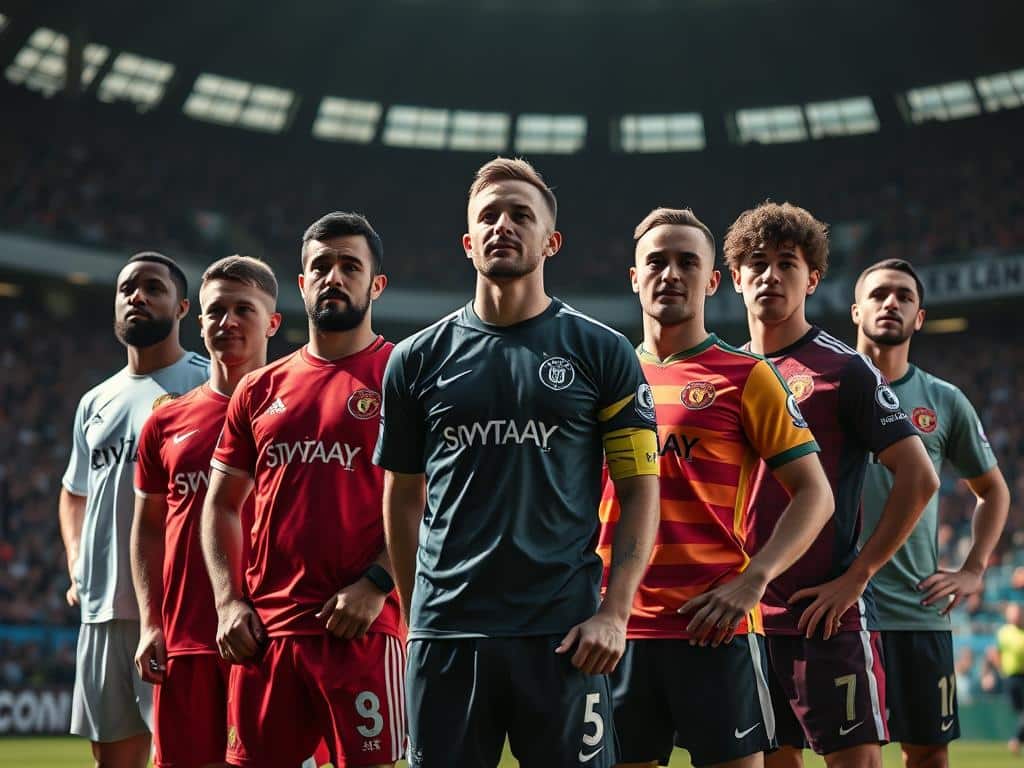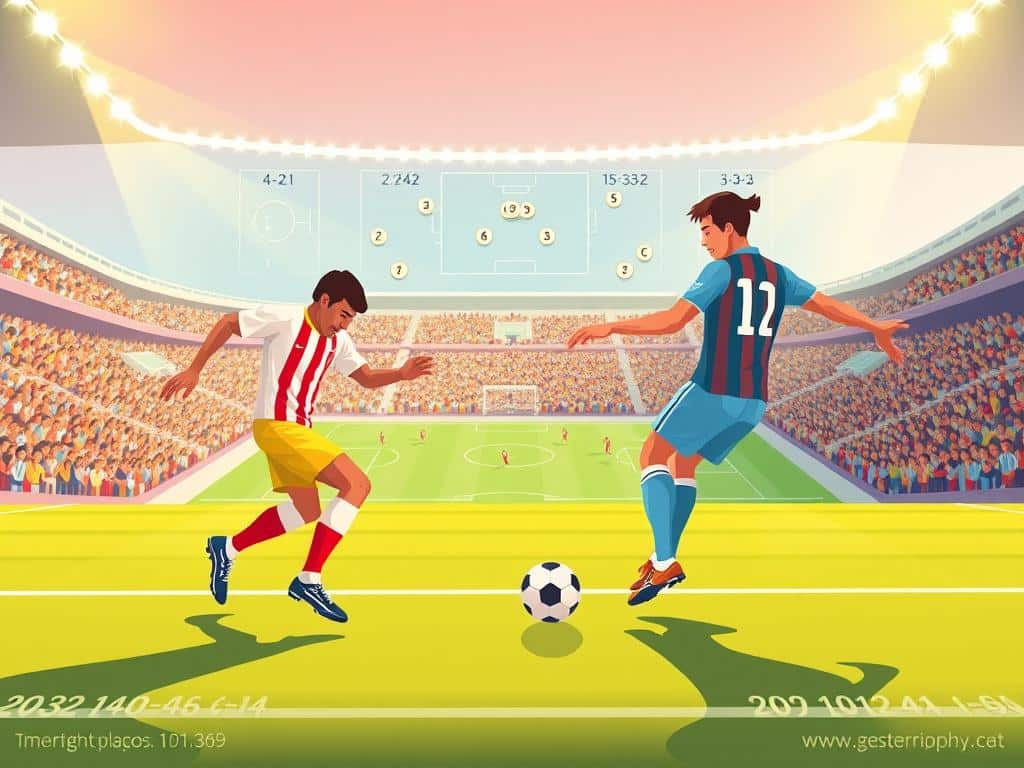Ever wondered how England’s top football clubs revolutionized the game? In 1992, a bold move reshaped the sport forever. The Premier League emerged, breaking away from the traditional Football League system. This wasn’t just a name change—it was a game-changer.
Why did top teams take this leap? Stadium tragedies, financial struggles, and a hunger for progress sparked the shift. Today, 20 clubs battle it out across 380 thrilling matches each season. With billion-dollar TV deals and global fans, this league dominates the football world.
Ready to dive into the story behind the world’s most-watched sports competition? Let’s kick off!
The Birth of the Premier League: A Football Revolution
The roar of crowds in crumbling stadiums told a story of football’s urgent need for transformation. By 1990, the football league system that had governed english football since 1888 was showing cracks. Club owners knew something radical was needed to save the beautiful game.
English Football Before 1992: The First Division Era
For decades, the first division represented the pinnacle of domestic competition. Liverpool dominated this era, winning 11 titles between 1973 and 1990. But beneath the surface, problems were mounting:
- Stadiums lacked basic safety features
- Hooliganism scared away families
- TV revenue couldn’t compete with Europe
The tragedies at Heysel (1985) and Hillsborough (1989) became wake-up calls. Something had to change for players and supporters alike.
The Founder Members Agreement: Laying the Groundwork
In 1990, England’s top clubs began secret meetings. Arsenal, Liverpool, Manchester United, Everton, and Tottenham – known as the “Big Five” – led the charge. Their vision? A breakaway league with better funding and safety standards.
The Football Association surprisingly backed the plan. “We needed to save english football,” explained then-FA chief Graham Kelly. On July 17, 1991, the Founder Members Agreement was signed, setting the stage for a new era.
Key changes included:
- Independent governance from the football league
- Better revenue sharing among clubs
- Strict stadium safety requirements
This bold move would reshape the global sports landscape forever.
Why the Premier League Was Formed
Three powerful forces drove England’s football revolution: cash, cameras, and crowd safety. The old system wasn’t working for top clubs or fans. Let’s break down what really sparked the change.
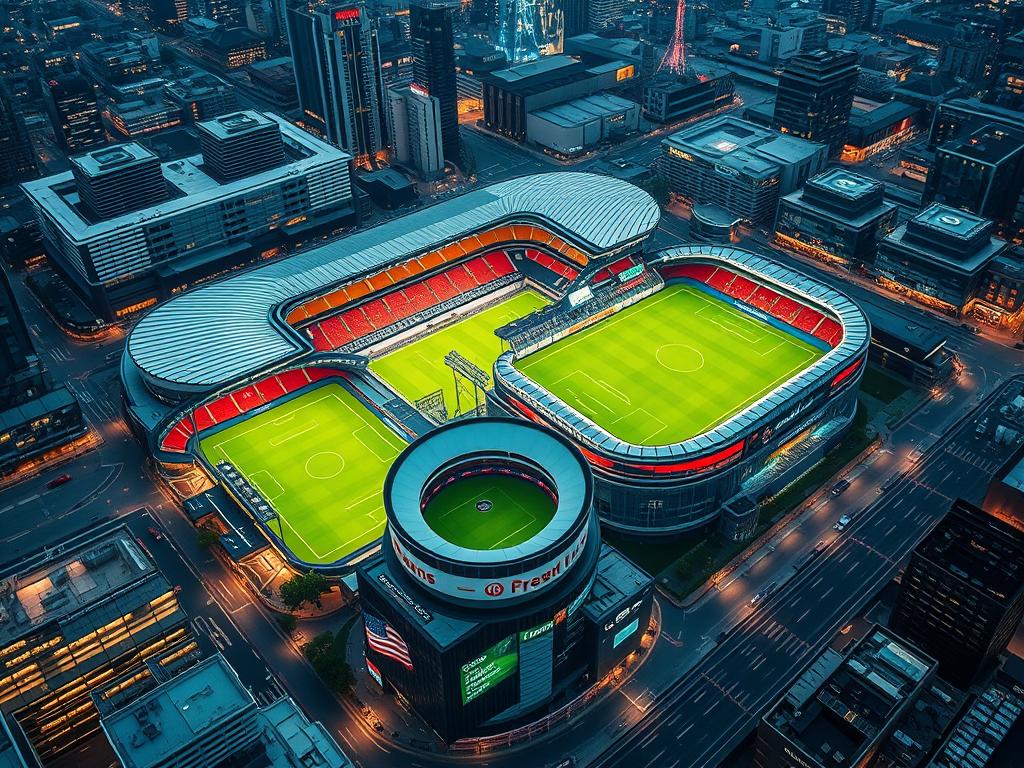
Financial Motivations: Breaking Away from the Football League
David Dein wasn’t wrong when he called the move “financial survival.” In 1992, the first Sky deal brought £304 million over five years. Today’s £6.7 billion contracts show how right he was.
Clubs wanted control over TV money. Before the split, revenue was shared across four divisions. A shocking 76% of supporters at big clubs opposed this model.
Television and Sponsorship: The Drive for Independence
ITV’s failed bid changed everything. Their low offer pushed clubs toward Sky’s pay-TV vision. This gamble created modern sports broadcasting.
Sponsorship deals exploded too. From Carling to Barclays, brands lined up. The league became a global product, not just local matches.
The Impact of Hooliganism and Stadium Safety
Terrace culture died after Hillsborough. The Taylor Report forced all-seater stadiums, costing £200 million+. Families returned as hooliganism faded.
Modern grounds emerged from tragedy. Steel barriers became comfy seats. The changes saved lives and rebuilt the game’s image.
Key Players in the Formation
Behind every great revolution, there are key players who make it happen. The rise of England’s top-tier competition was no accident—it took bold clubs, savvy negotiators, and a media giant to kick it into high gear.
The Big Five Clubs: Arsenal, Liverpool, and More
Meet the rebel owners who dared to dream bigger. Arsenal’s David Dein and Manchester United’s Martin Edwards led secret talks among the “Big Five”—Arsenal, Liverpool, Everton, Tottenham, and Manchester United. Their goal? A self-governed league with fairer revenue splits.
Smaller clubs like Crystal Palace resisted at first. But the Big Five’s clout was undeniable. Their stadiums drew the biggest crowds, and their influence shaped the future.
The Role of the Football Association
Without the Football Association’s green light, the breakaway would’ve failed. Chairman Bert Millichip brokered the deal, balancing tradition with progress. The FA’s approval gave the new structure legitimacy.
Their conditions? Strict safety standards and a commitment to grow the sport. The Football Association ensured the changes benefited everyone, not just the elite.
Broadcasters and the Sky Sports Deal
Enter Sky Sports. Their £304 million deal in 1992 birthed “Super Sunday” and changed how fans watched games. The first broadcast—Nottingham Forest vs. Liverpool—marked the start of a media empire.
Foreign stars like Eric Cantona soon followed, drawn by the sky sports deal’s global reach. Suddenly, English football wasn’t just local—it was must-see TV worldwide.
The Inaugural Season: 1992-93
When the whistle blew in August 1992, everything changed for English football. The 1992-93 season wasn’t just a fresh start—it was a revolution played out on lush green pitches. Fans packed stadiums, eager to witness history.
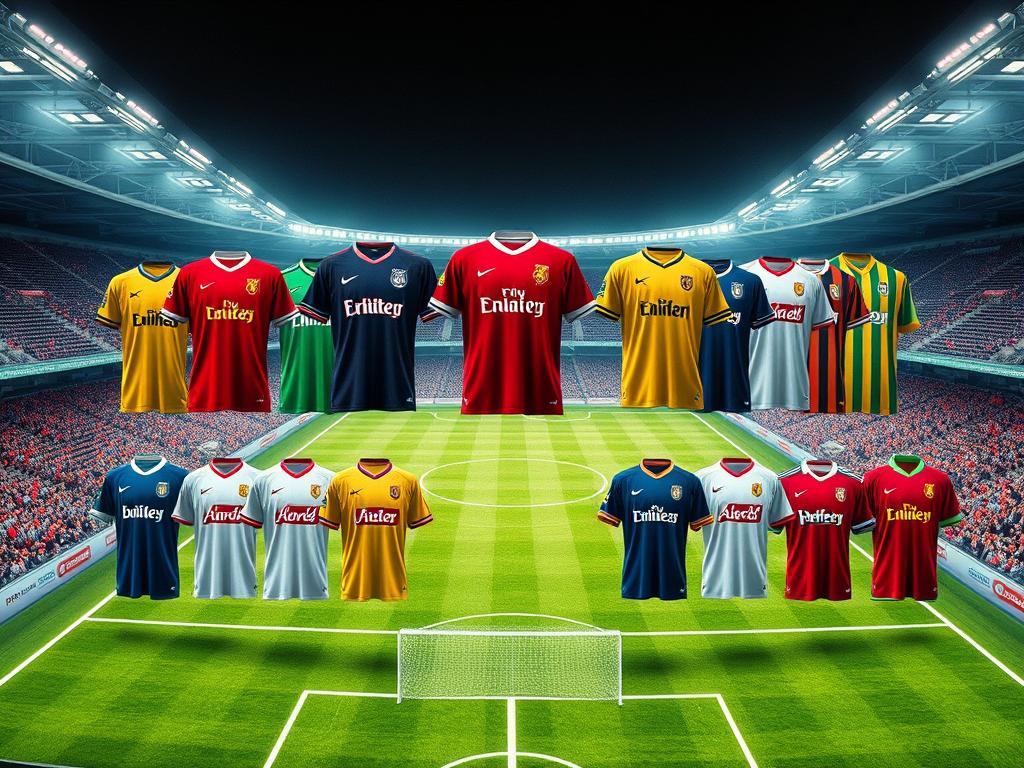
The 22 Founding Clubs
Meet the pioneers. From giants like Manchester United to underdogs like Oldham Athletic, 22 teams launched this new era. Six clubs—Arsenal, Chelsea, Everton, Liverpool, Tottenham, and Manchester City—remain ever-present today.
Fun fact: Sheffield United’s Brian Deane scored the first-ever goal against Manchester United. Talk about setting the tone!
Early Challenges and Successes
Not everyone was impressed. Tottenham chairman Alan Sugar famously called early matches “a pub league with cameras.” But magic soon unfolded. Eric Cantona’s £1.2M transfer to Manchester United sparked a dynasty.
Controversy struck too. Middlesbrough forfeited points for postponing a match—a harsh lesson in the new league’s strict standards.
Reducing to 20 Teams: The 1995 Restructure
By 1995, the league trimmed to 20 teams. Four clubs faced relegation, while two earned promotion. The result? Less fixture fatigue, higher-quality matches. Fans got more drama, fewer dead rubbers.
This bold move cemented the league’s global appeal. The rest, as they say, is football history.
The Premier League’s Impact on Modern Football
From local passion to global phenomenon—the rise changed football forever. Today, matches beam to 643 million homes across 212 countries. This isn’t just a league; it’s a cultural force reshaping the world game.
Global Popularity and Revenue Growth
Singaporean pubs erupt at dawn for early kickoffs. Nigerian neighborhoods host viewing parties. The global popularity fuels staggering revenue—$6.7 billion in TV deals alone last season.
- Star power: Haaland’s Manchester City move showed financial muscle
- Competitive balance: Any team can win on their day
- Production quality: Sky Sports’ cameras make every match cinematic
Influence on European Competitions
Champions League nights became financial lifelines. English clubs won six titles since 1999, with Chelsea and Liverpool recently dominating. The revenue gap grows yearly—EPL teams outspend rivals by 30%.
This success created tension. Other leagues complain about unfair advantages. Yet fans love seeing English clubs challenge Europe’s elite.
The European Super League Controversy
April 2021 exposed football’s divide. Twelve clubs secretly planned a closed European Super League. Within 72 hours, fan protests killed it.
Why did 79% of English supporters reject it? They cherished the open competition that made their league great. The drama proved one thing—fans still hold real power in the modern game.
The Premier League Today: A Lasting Legacy
Three decades later, England’s top-flight competition stands as a global powerhouse. The 2023/24 season’s £6.7 billion TV deal shows how far we’ve come since those early days.
Today’s stars earn £3.6 million yearly—48 times more than 1992 players. The “Big Six” clubs dominate, yet underdogs like Leicester and Brighton still script fairytales.
Challenges remain. Smaller teams struggle to compete financially. Yet the premier league‘s magic endures—any squad can triumph on matchday.
As football evolves, this competition leads the way. With Champions League changes coming in 2025, the future looks brighter than ever. The final whistle? This revolution’s just getting started.

